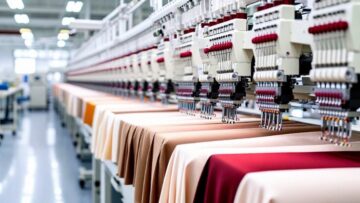
Two new reports from the United Nations Climate Change’s Fashion Industry Charter for Climate Action aim to help the fashion industry better understand how to reduce greenhouse gas emissions from raw material extraction, production, and processing, which is the most carbon-intensive part of the fashion value chain for some companies.
“These reports are a key resource for any company or organization wanting to understand and improve upon the current state of play of impact data in the fashion and apparel industry,” said Lindita Xhaferi-Salihu, Sector Engagement Lead with UN Climate Change.
The new papers add to the Charter’s 2021 report Identifying Low Carbon Sources of Cotton and Polyester by covering two additional raw material categories crucial to the global fashion and textile industry: animal fibres and man-made cellulosics.
The papers give a thorough assessment of the data gaps and difficulties and serve as neutral, centralised sources of information on the greenhouse gas impact data that are currently available globally for each category of raw materials.
The findings will assist the Fashion Charter signatories in finding strategies to lessen their greenhouse gas emissions and get closer to their goal of achieving net-zero emissions by 2050.
Lenzing, Canopy, VF Coproration, Reformation, Primark, Schneider Group, Fabrikology, New Enzymes, Sateri, and other Charter signatories contributed significantly to the development of these gap analysis reports, which were led by Textile Exchange as the Raw Material Working Group’s leaders.






